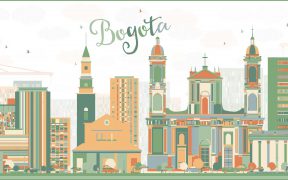Category: Carriers

What Happened at our Big Game Instant Replay Webinar
March 30, 2015
As you know, it’s extremely challenging to provide a completely connected experience for thousands of fans packed into a stadium. So you can imagine the effort it took to upgrade the University of Phoenix stadium for this year’s Big Game. But 12.79TB* of data later, we know it was a record breaking success. We hosted […]
chat_bubble0 Comment
visibility1977 Views

LTE and Small Cells Dominate Discussions at Bogotá Seminar
March 20, 2015
It’s been over two years since we visited our friends in Colombia so it was about time we returned there. The Colombian ecosystem welcomed us with open arms – we had over 65 participants (double what we had when we visited in 2013) from many organizations, including some of the major Colombian mobile operators and […]
chat_bubble0 Comment
visibility8259 Views

